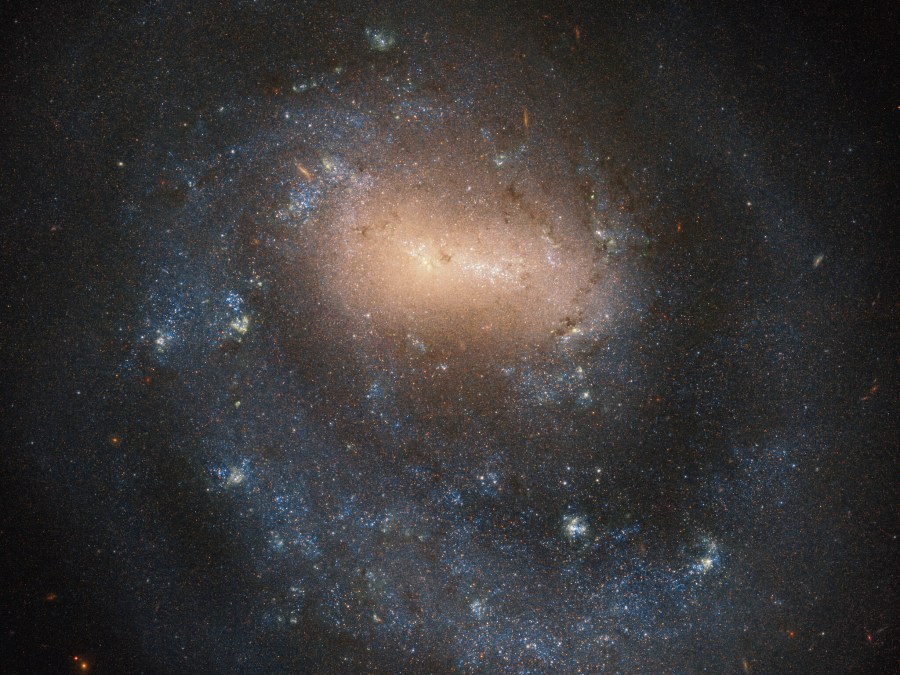TYLER, Texas (KETK/KFXK) – If you’re having some difficulty with the self-isolation and social distancing we’re all called to practice now, then here’s some help from the folks who are experts at both.
NASA has made history launching astronauts into the kind of isolation that most of us can’t imagine and hurling spacecraft across distances that dwarf 6 feet by orders of magnitude.
So now the agency that put a man on the moon, has a spacecraft in orbit around Jupiter, and is working on returning astronauts to the Moon as the first step toward Mars is offering to bring the universe it is constantly expanding into our homes.
Parents, if you’re looking for ways to keep your young ones engaged during this enforced break from school, NASA has got you covered. It has put together a range of resources and activities for students of every age, focusing (naturally) on STEM, with videos, activities, crafts, and so much more.
Who knows? Maybe an astronaut or two will come from this age of COVID-19.
And if you’ve ever wanted to be part of a NASA project but aren’t sure you’re cut out for space, never fear. NASA still wants you! The agency has countless projects underway and is offering “citizen scientists” the chance to contribute to ongoing research. You, too, can be a scientist at home.
But if you’re the cautious type and want to “see” what you’re getting into, NASA’s got you there, too. The website offers virtual tours (yes, even of the Hubble Space Telescope and International Space Station) and an Aeronautics AR app for Android and iOS that puts you at the controls of a NASA aircraft.
NASA At Home also has podcasts, ebooks, and videos that bring the universe and its wonders to you.
Even if all you want to do is is look upon the universe and marvel, NASA has galleries that will leave you starstruck.
And now that our world seems to be shrinking around us, it’s nice to remember that there is something so much bigger, so much more beautiful than our current reality, and that it all is as close as our nearest screen.

(Information from EastTexasMatters.com)

















